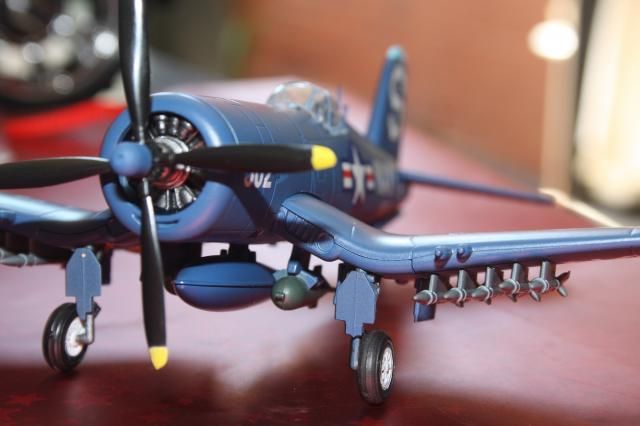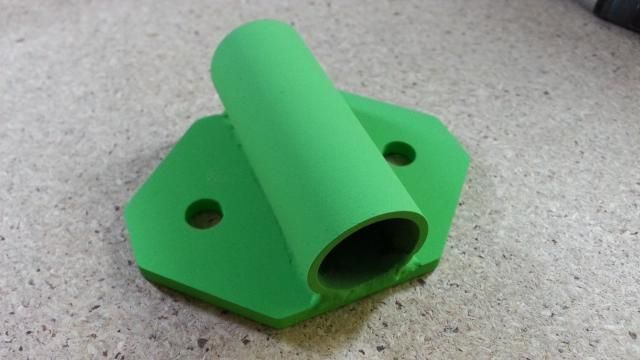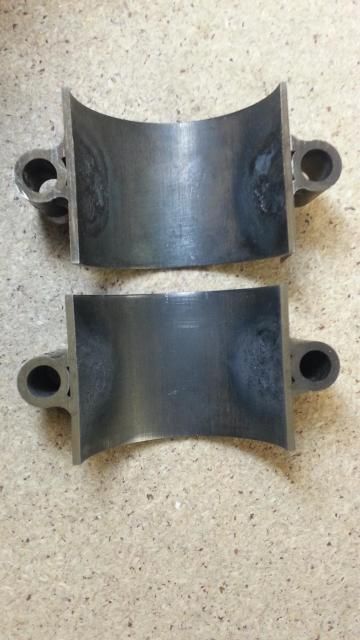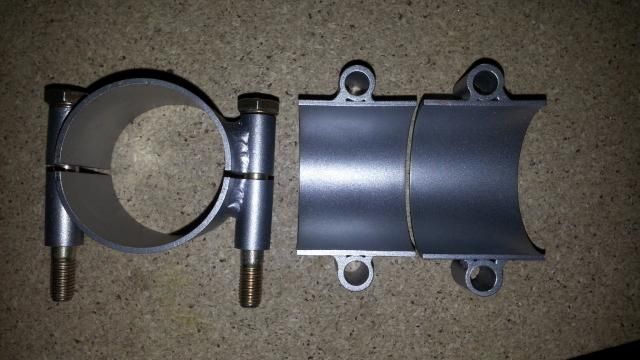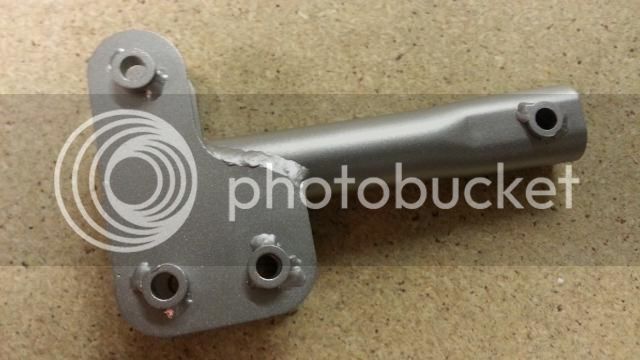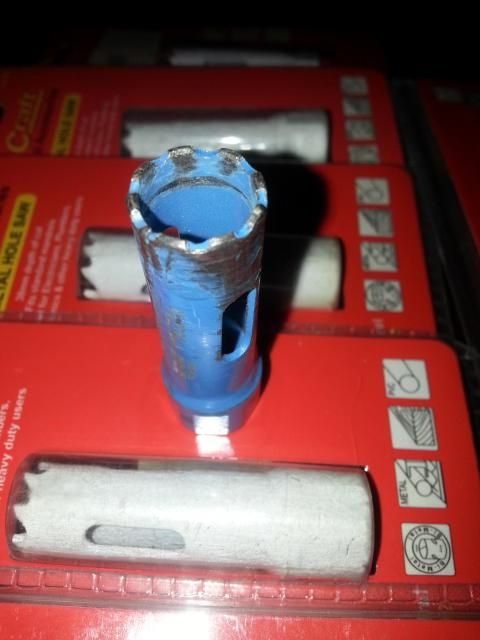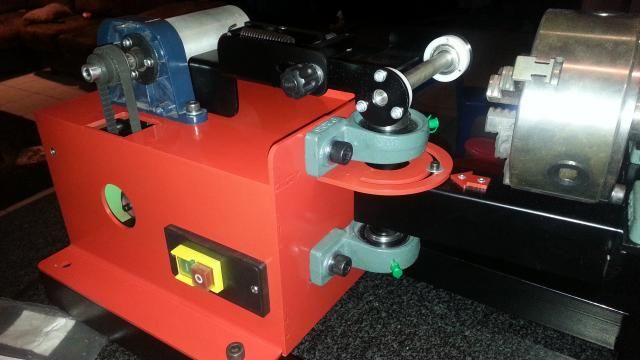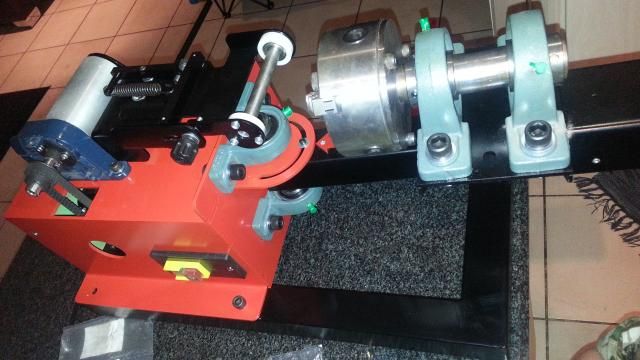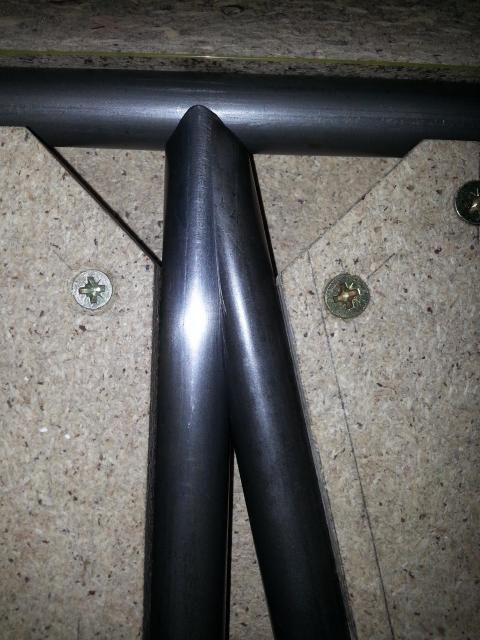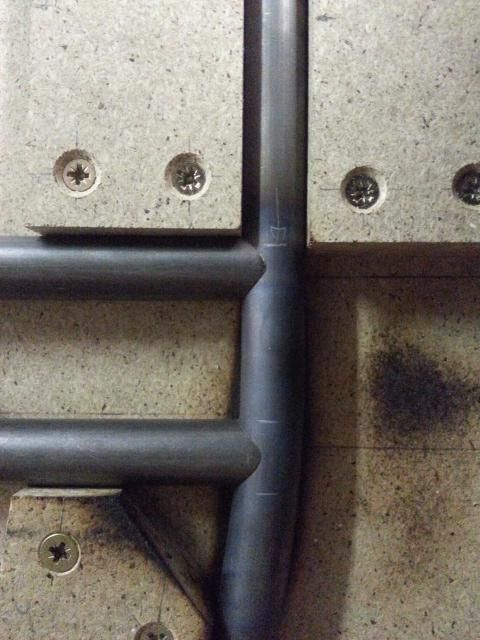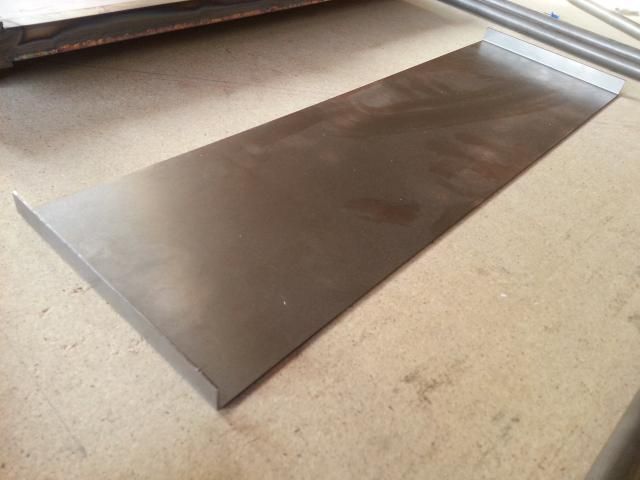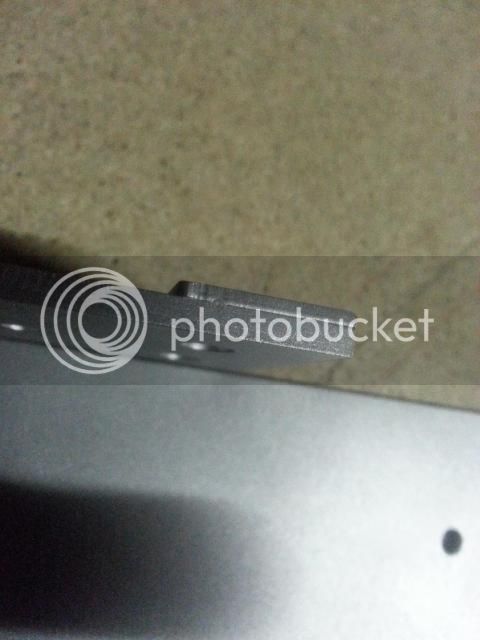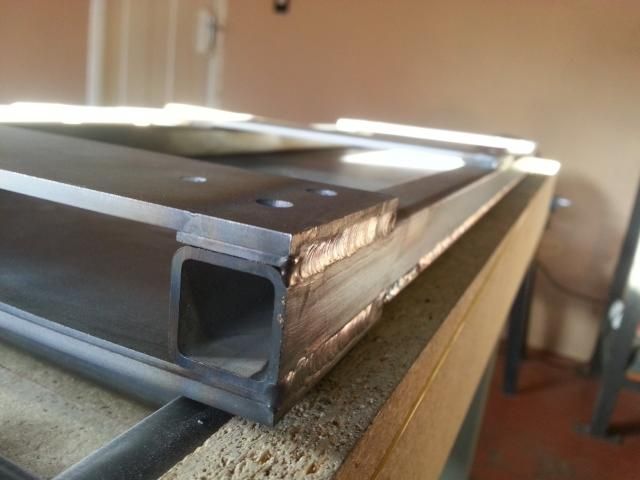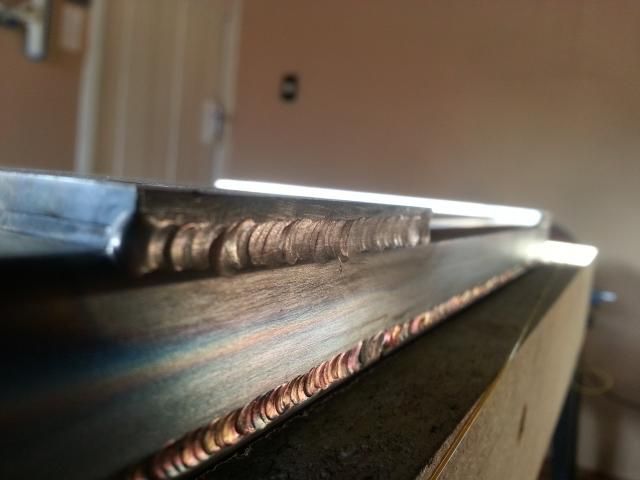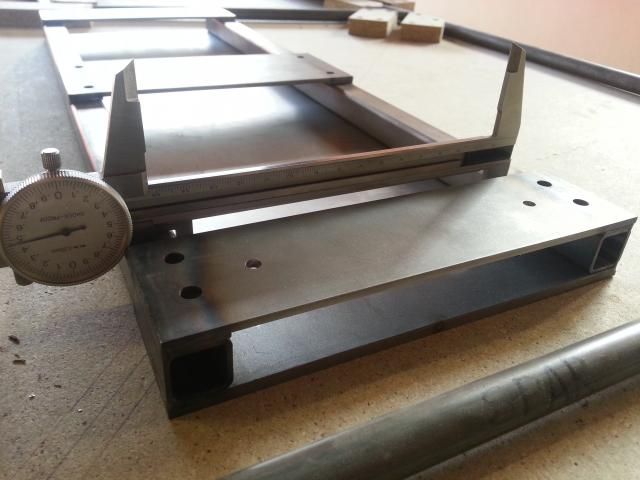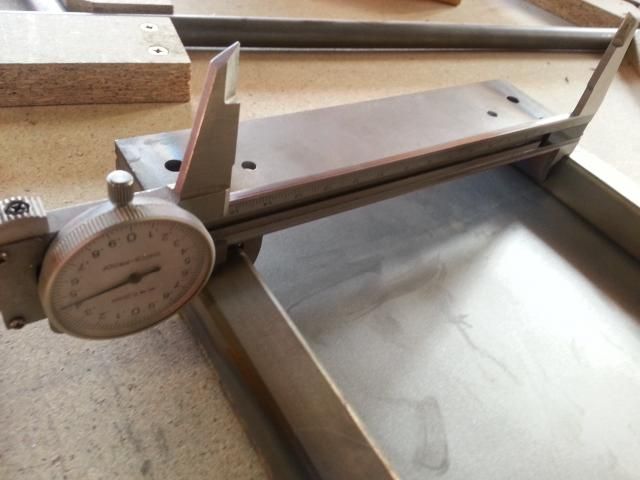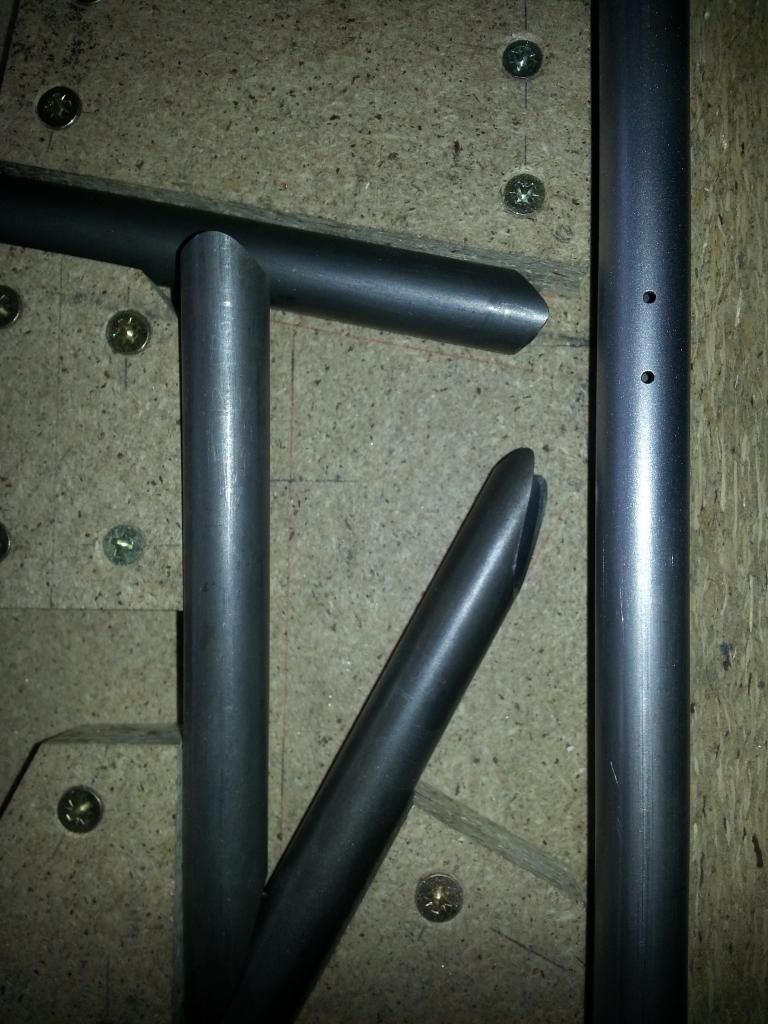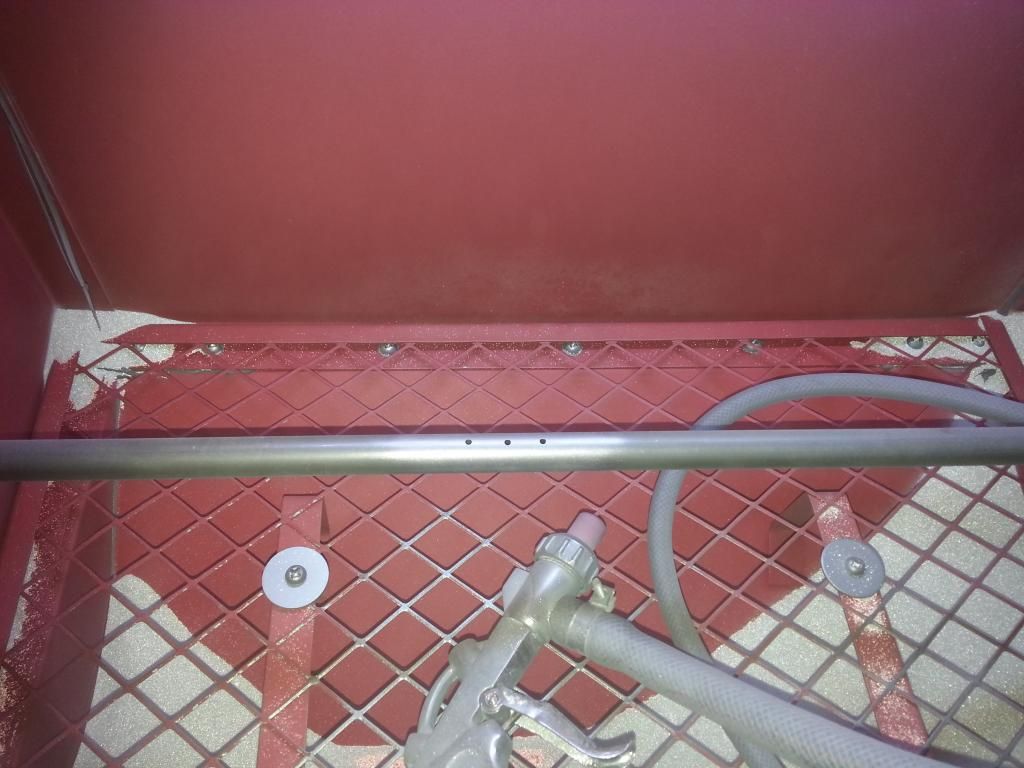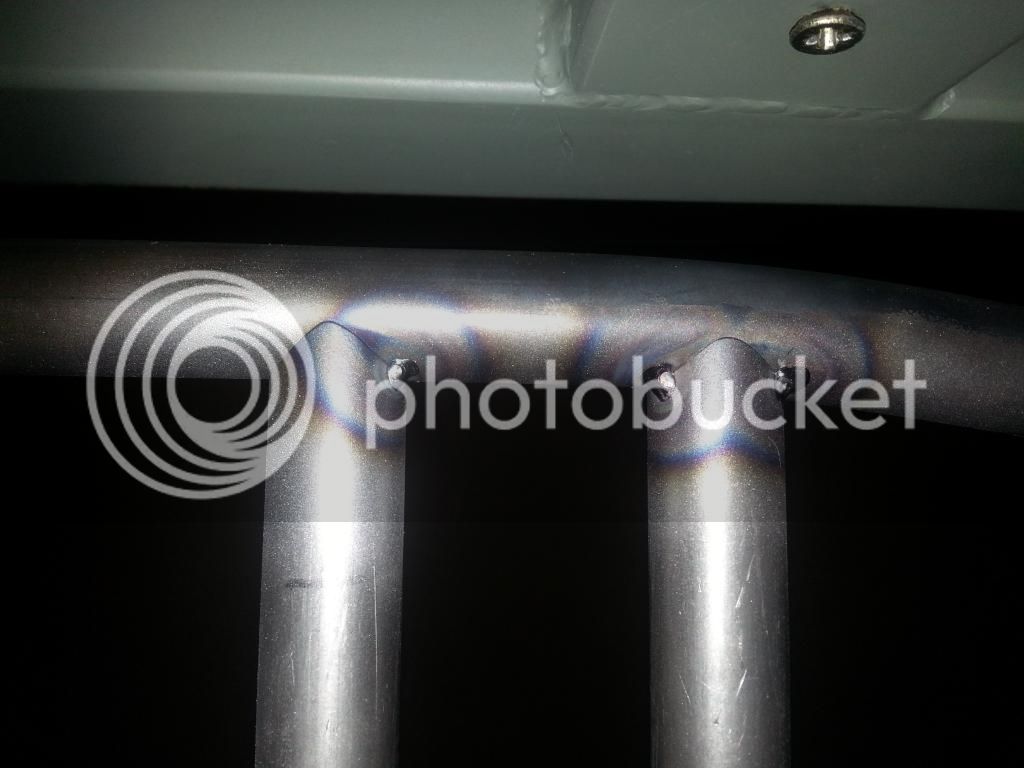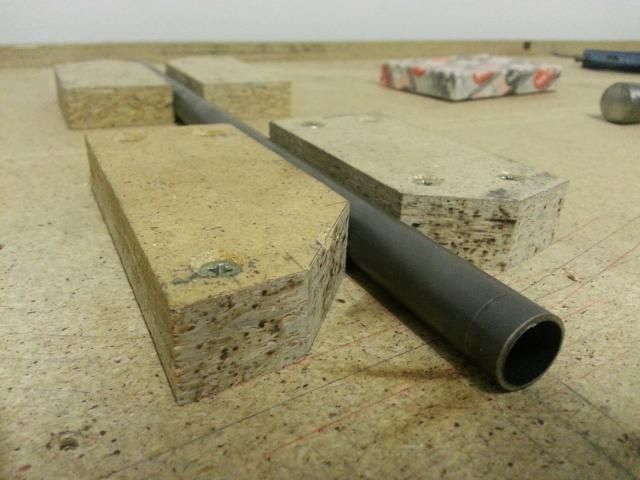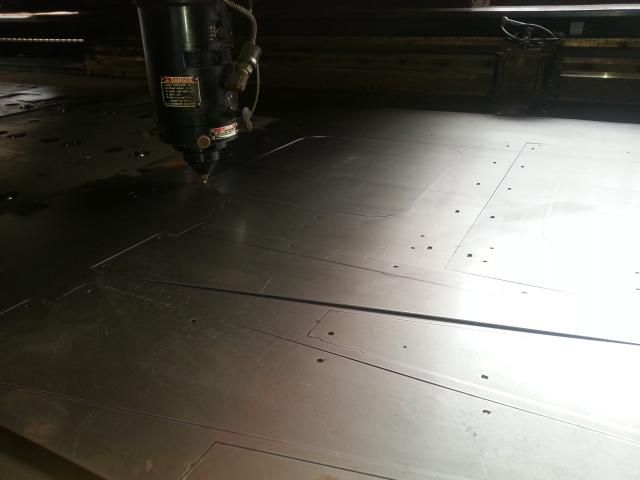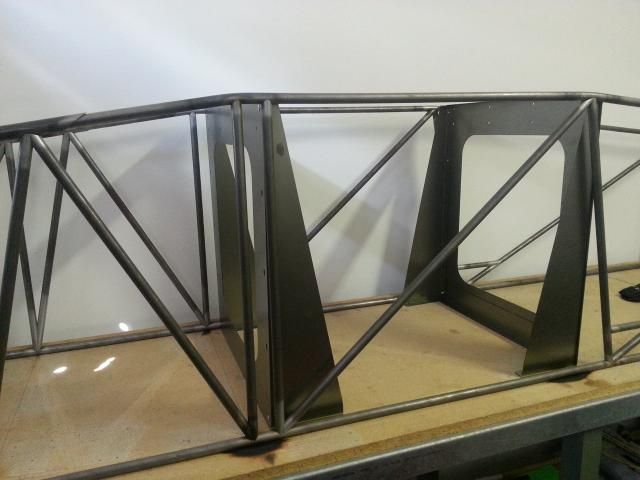Hi guys,
It’s been a while since this was last updated. So much has happened.... but sadly little on my beloved Sonerai.
I won't bore you with the details.... and I really have run out of Kleenex.... but I have managed to contract AIDS. Yip! That’s right ...the dreaded Aviation Induced Divorce Syndrome. [That's not what really happened, but we'll leave it at that.]
My mistress (the lovely Miss Sonerai) and I were asked to leave the matrimonial home and take up residence elsewhere.
We were SHOCKED!!!
I was told to expect setbacks.... but come on.... SERIOUSLY!
Sadly, the project stalled for four months.
I managed to move the project into an unused office at the end of the passage at work. From a luxurious double garage dedicated solely to the project, to an office the size of a single garage. It has had its challenges.
I truck was hired to move the jigging table from the house to my place of work. It was offloaded in the workshop and remained there for all of ten minutes, until someone (stupid fart) tried unsuccessfully to put a coffee cup on it. It was swiftly moved into the open plan office for a few days, until my colleagues started complaining about it. Not sure why really, it is after all a MASTERPIECE.
This is where it got complicated. We couldn't get it to fit through the doorway in the designated office. A glassier was called out to remove the glass so that we could pass it through the window. Yip ... the security bars had to be removed first and re-welded afterward. It was about as easy as clubbing baby seals to death.
Thereafter, it took two whole days to get it levelled again. Somehow, it managed to get twisted in the move, and had to be bolted to the floor to pull it straight.
The first of the two fuselage sides was completed in August of 2014. It took about a year to complete. Sure, the spar box and tube notching machine were also built during this period, and the table had to be blocked up. It took a while, and I think a lot was learned.
The second one went together fairly quickly. I'll try to describe it step by step.
It took one evening and a few blisters to rough cut all of the tubes to the correct lengths with a plumber’s tube cutter. Another to bend the bottom longeron, and probably three days to notch all of the tubing. It was once again done with my home made tube notcher.
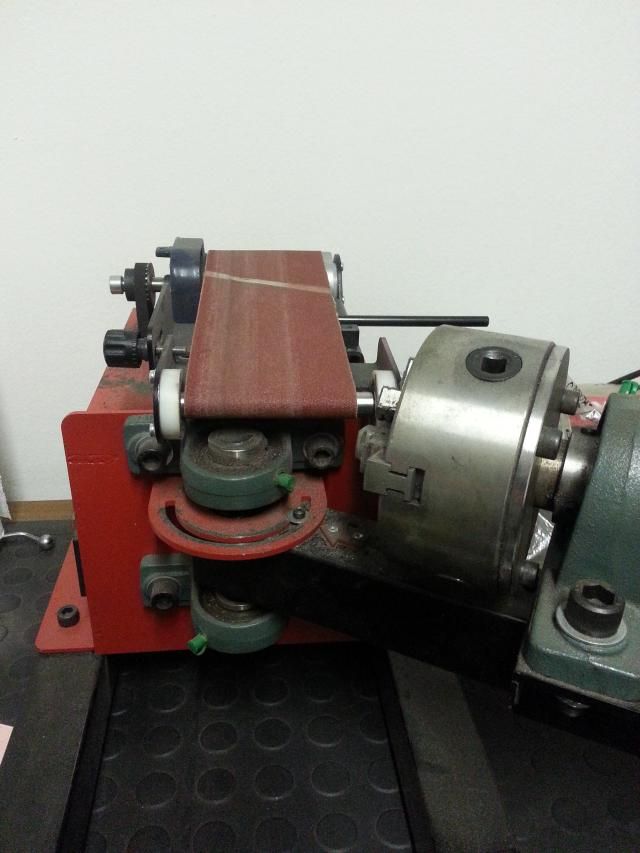

Another whole day was spent drilling the 2.0mm holes to allow the welding gasses to escape, and for the linseed oil to traverse after it's all closed up.
The positions were marked as per a previous post with the pencil in the sleeve. All marks were then centre punched. The longerons were a little awkward to drill, but it was simple enough to do, it just took a little time. (Please excuse the poor picture quality)

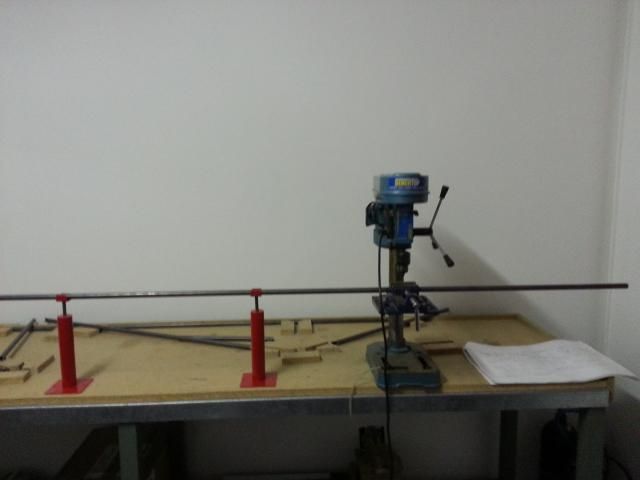
I also managed to blast all of the tubing with glass shot in the same day.
Welding, oil, and glass dust don't work well together. The tubes were cleaned inside and out with acetone the next day. The outside is dead easy. The inside was done by pushing paper towel rolled into little balls through the tubing with a filler rod. I found that repeating the process between four and five times seemed to work well. The balls were soaked in acetone.

I made a point of not touching the sand blasted areas with bare fingers. This was to ensure that the surface has absolutely no oil on it all. Almost sterile if you will.
They came out looking something like this:

After the jigging table was vacuumed to clean up the dust and get rid of the debris, the tubes were re-fitted into the jig, this after a quick acetone cleanup again. I know ... It sounds anal!
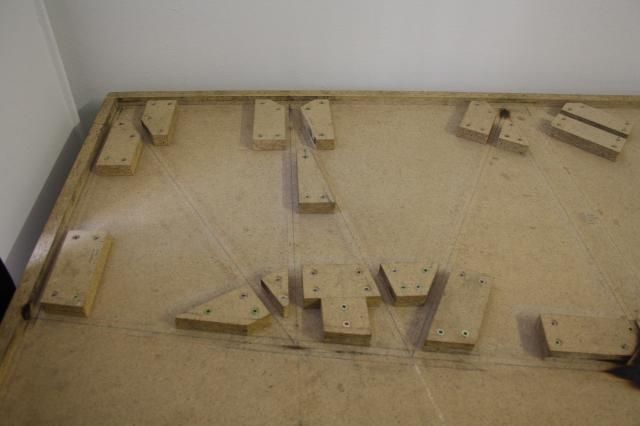
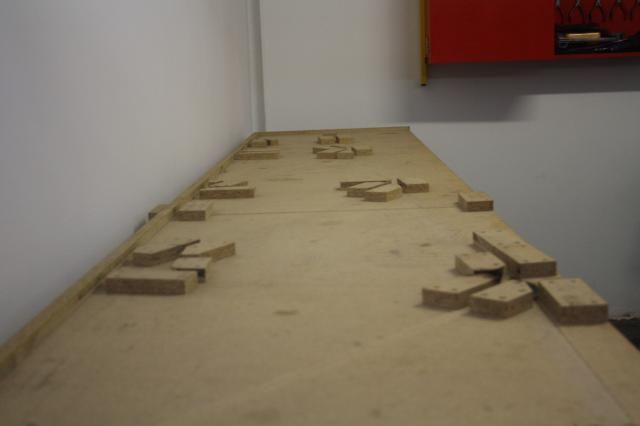



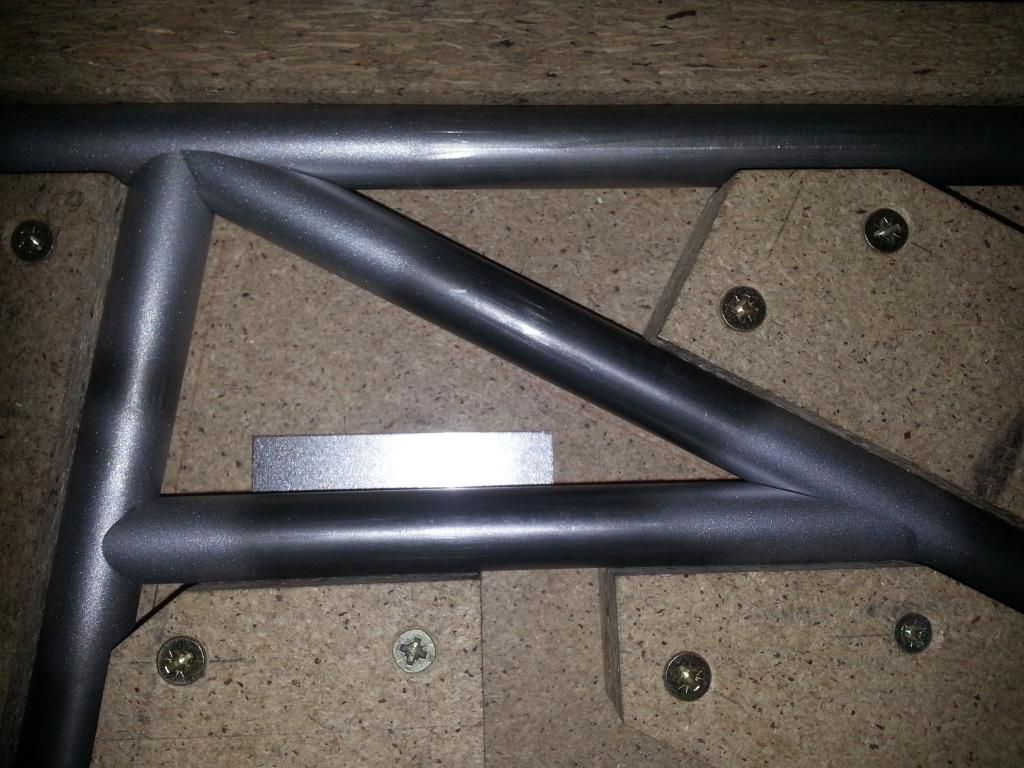
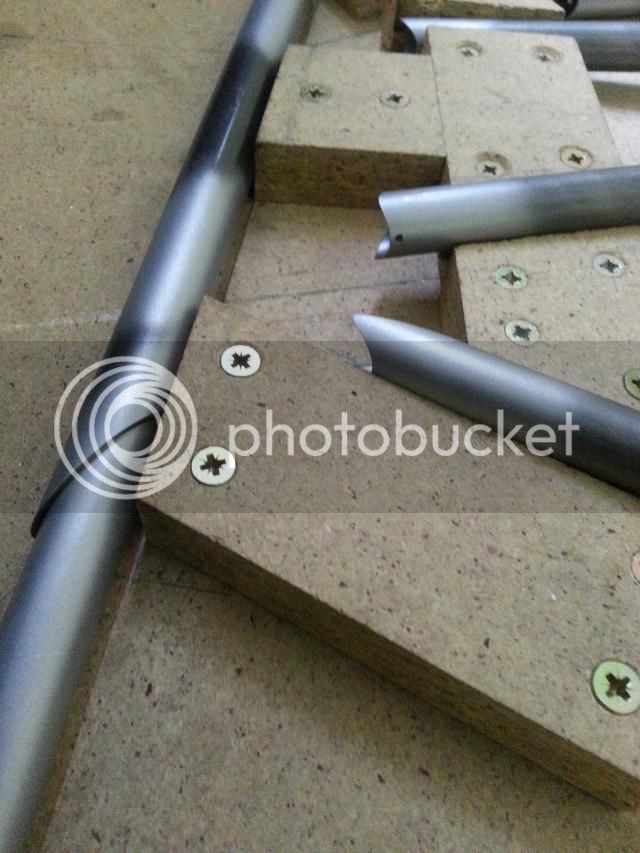
Note the 1.6mm packer plates under the 5/8" tubing. This was to raise the structure off the table, all to clear the small 3/4" sleeve tube which reinforces the landing gear. A total of 34 off packer plates were used.
I used the same spacers to separate the tubes that support the spar box. They have rusted somewhat since they were last used.

The actual tacking process took about an hour to complete using a TIG setup.
One note that's worth a mention. The last diagonal tube was fitted, BUT NOT TACK WELDED at this stage. I left it unwelded so that when the time comes to level the horizontal stabilizer, the fuselage can be twisted slightly if necessary. I actually left a bit more clearance on the notch for this purpose.

The second complete fuselage side took just eight days to complete.
In this time, my four year old and I still managed to build his aeroplane.
